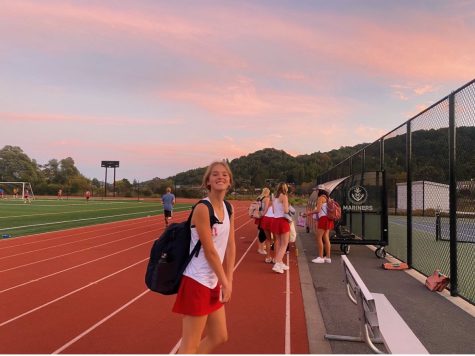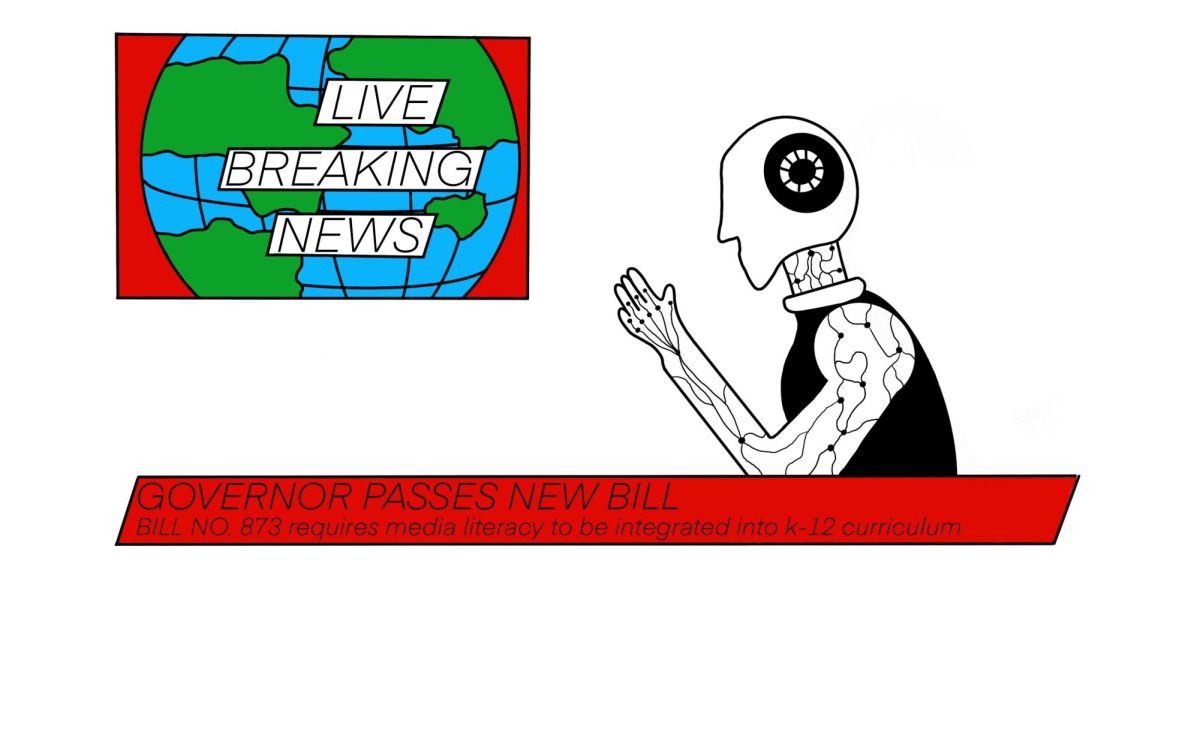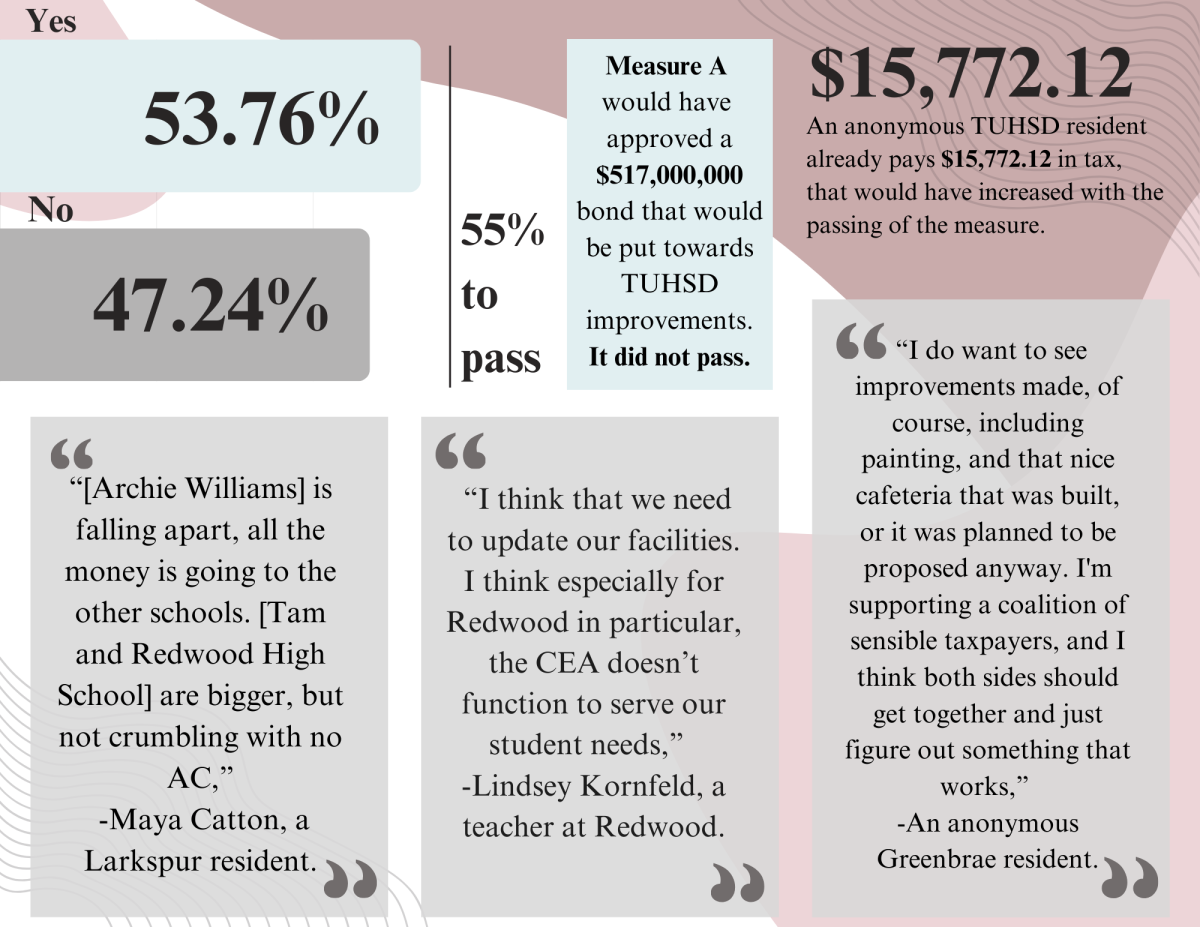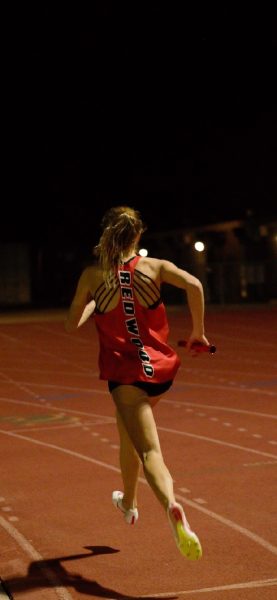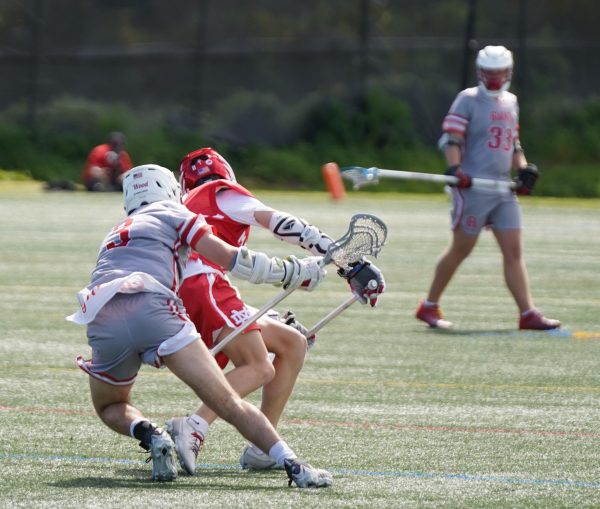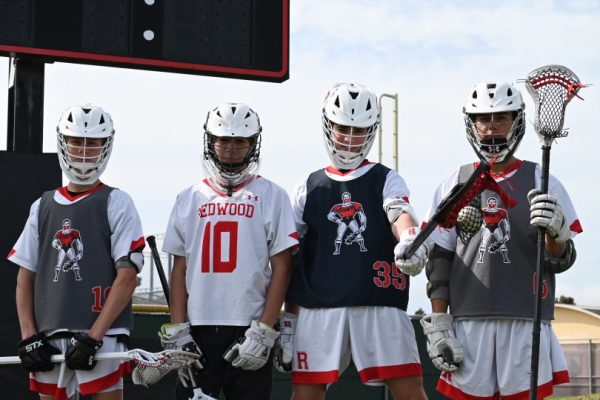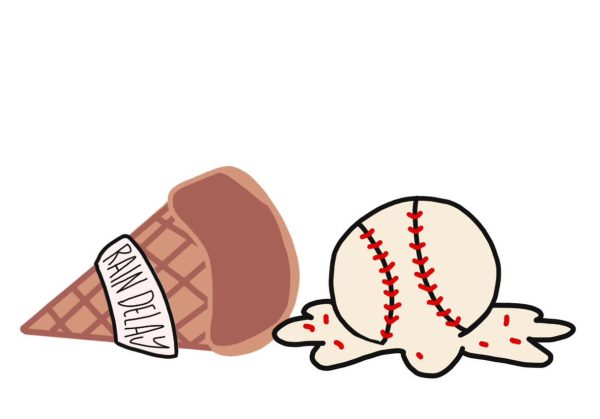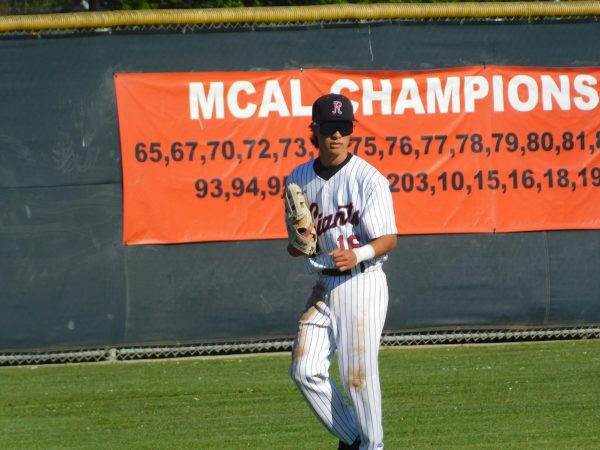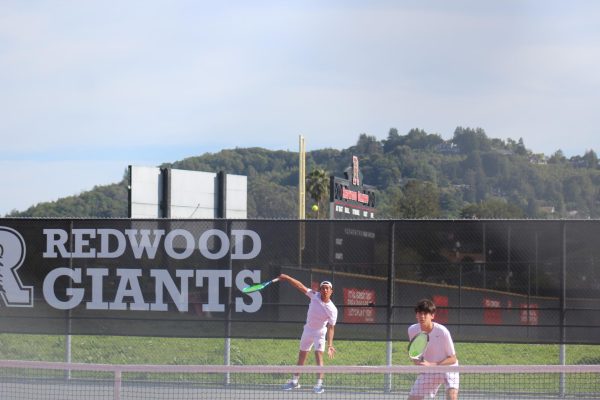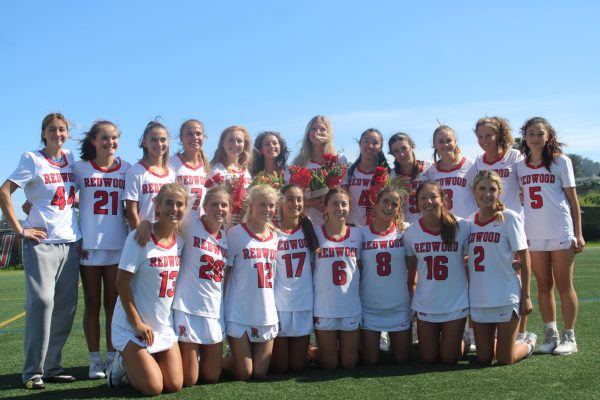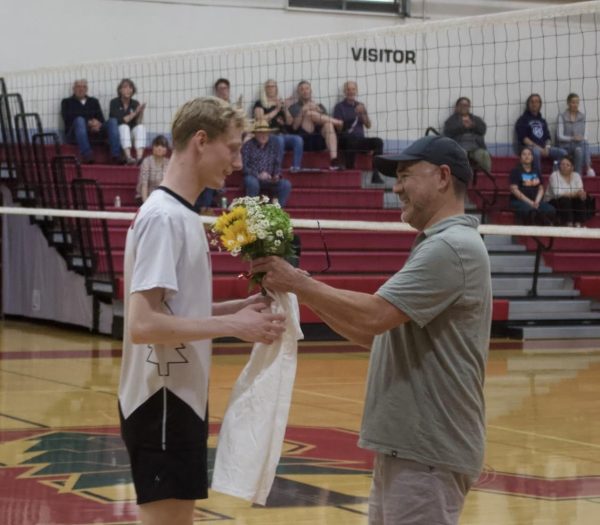Injuries challenge athletes both mentally and physically
May 5, 2023
Athletes, particularly high school students, are prone to injuries that can occur within a split second. Weinstein Legal studies show that 90 percent of student-athletes report some sort of sports-related injury. For major injuries, the recovery process can be trying both mentally and physically, and, in some cases, may require grueling physical therapy.
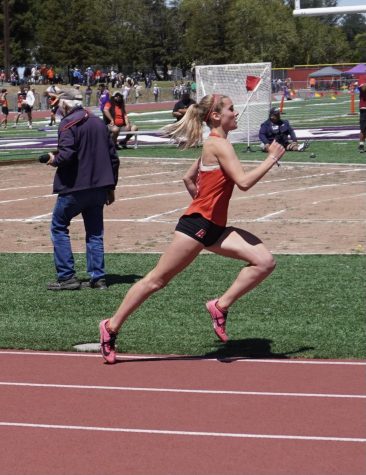
Junior Tatum McPeek took the track team by storm last year as she quickly became one of their top sprinters. However, participating in both basketball and track took a toll on her body, eventually leading to a stress fracture in her foot.
“I knew I was hurt, but I didn’t know the extent of it until I looked at the MRI and got my boot. I finally accepted the fact that it was going to take a while to heal at that point,” McPeek said.
To recover from her injury, she joined physical therapy.
“I’ve been doing PT [physical therapy] in the pool and I did some with a trainer for a while,” McPeek said.
High school athletics have become more competitive than ever before. Americ Alvarado, Redwood’s athletic trainer, recognizes the strain of playing a sport at a competitive high school level.
“Injuries are very common in competitive athletes. A lot of student-athletes are doing year-round sports. They are constantly playing one sport without a change of direction or change of momentum in their body. When you play multiple sports your body is in constant change so then your muscles change and your joints will adjust,” Alvarado said.
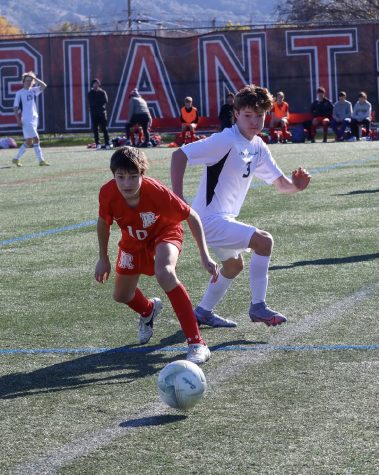
Sophomore, Yago Churton, is now in the home stretch of his five-month recovery from a back injury. Similar to McPeek, his injury also occurred because of overuse. He was sidelined from most of his soccer season and currently can’t play for his club team. For Churton, it was difficult to be sidelined and to see his team playing without him.
“It was frustrating not being able to play because I wanted to play very badly. I have been doing everything I can to get better. During the recovery process, I tried to have a positive mindset,” Churton said.
When athletes get injured, they can either fall behind or, in extreme cases, never return to their previous level of performance. When McPeek returned from her injury she had to ease back into running before being able to return to where she was before her injury. She had to wait six months to return and when she was finally able to come back, she got injured again.
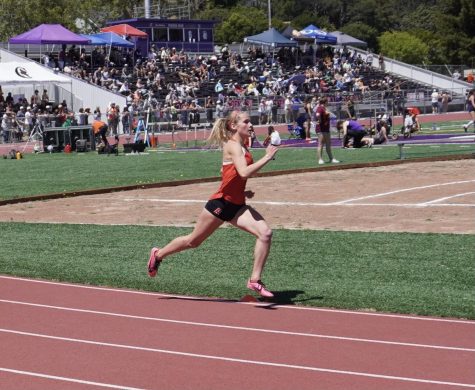
Although injuries can be challenging, there are preventive measures that can be taken to avoid them. Alvarado shared advice on injury prevention and post-injury care.
“Stretching, icing and putting in the work during the offseason can help you build up the muscle to prevent injuries. But after getting injured, the main thing to do to heal is have a positive mindset and do rehab,” Alvarado said.

